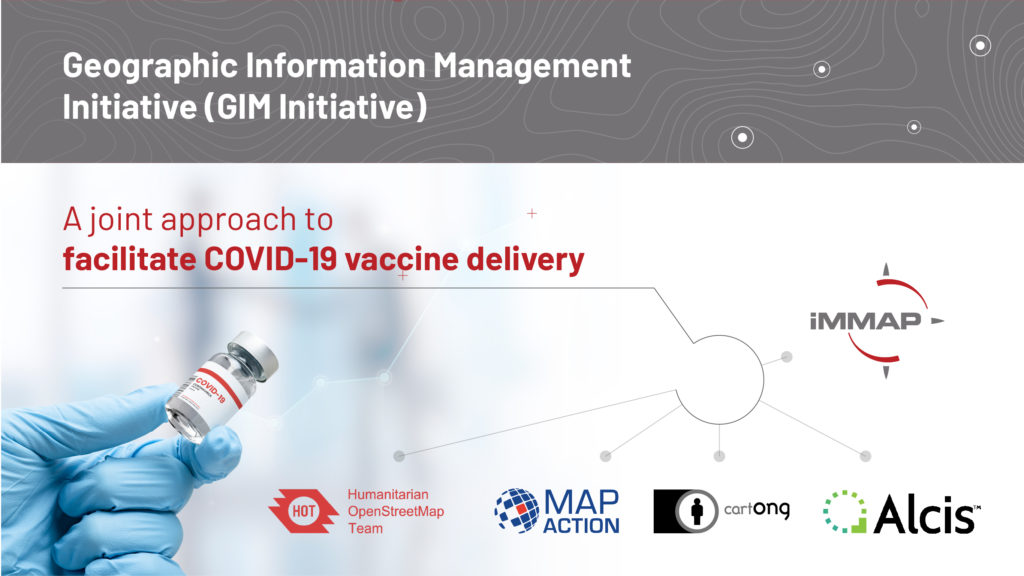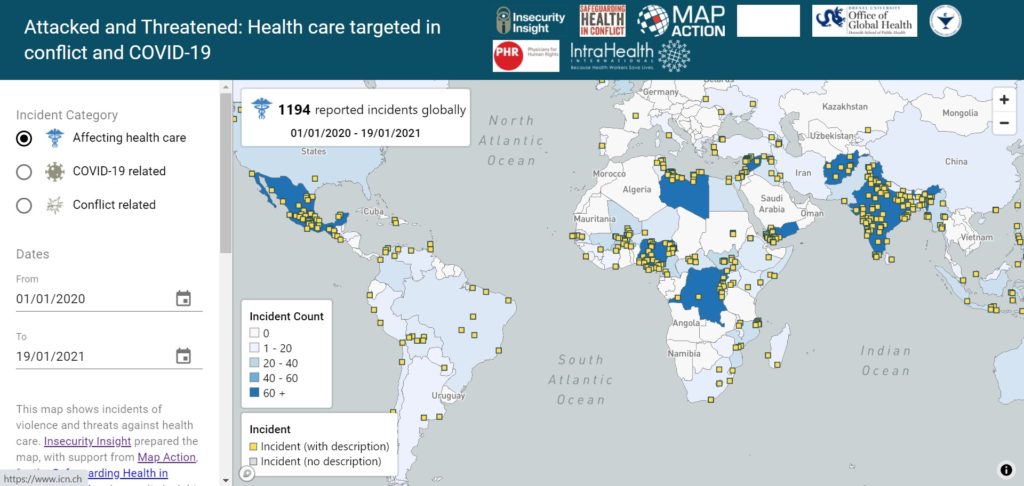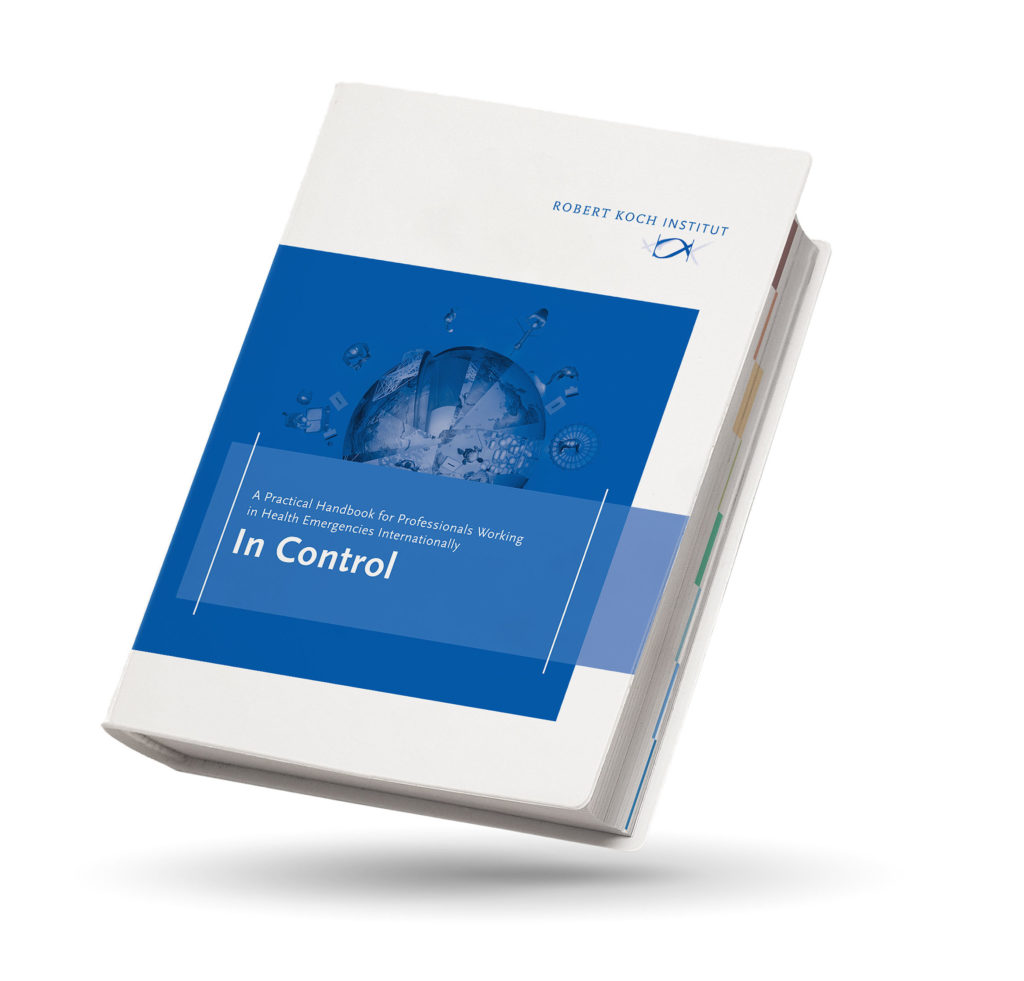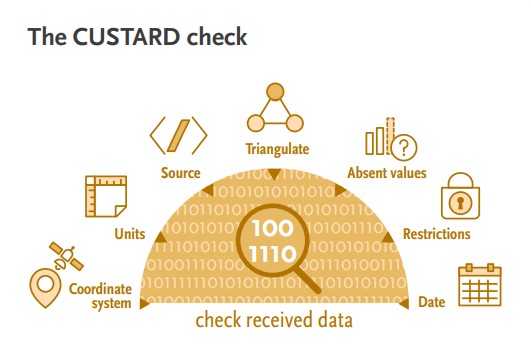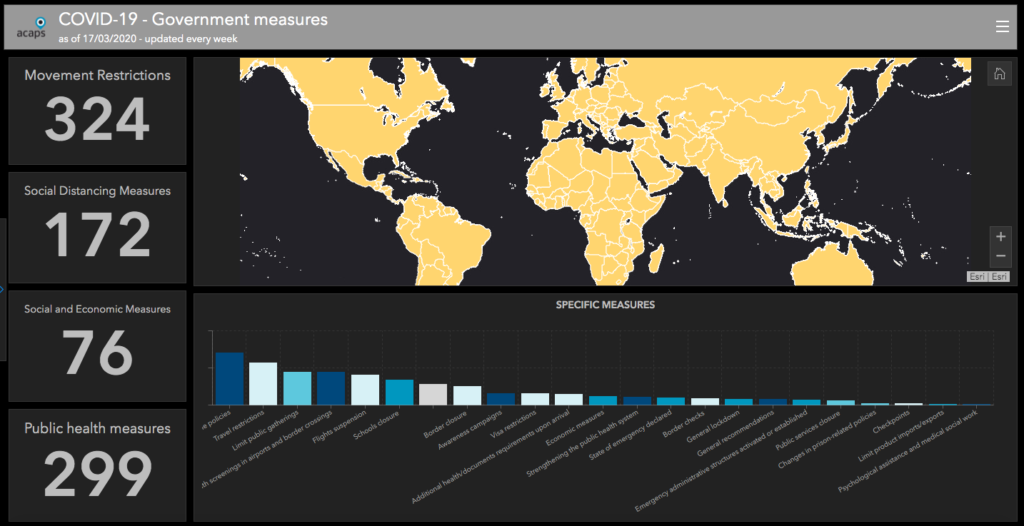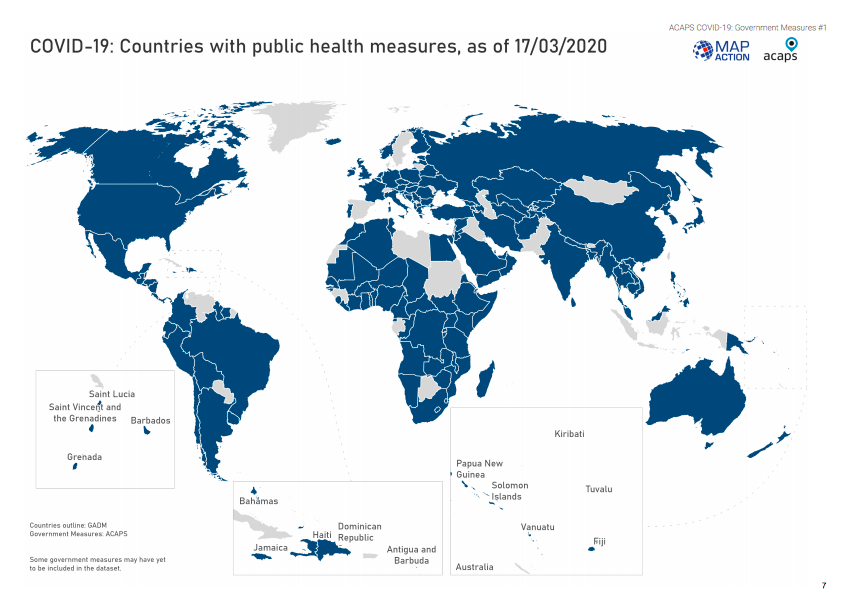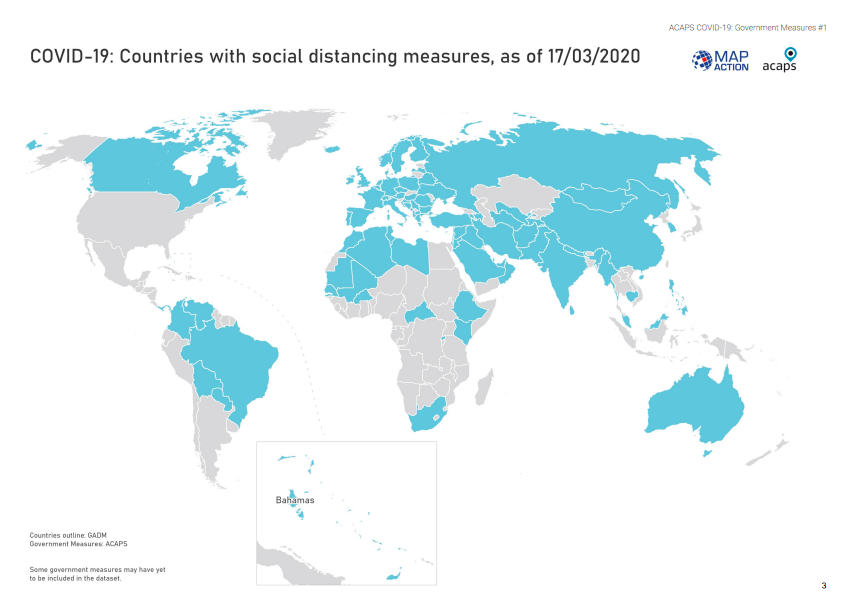Administering billions of shots of COVID-19 vaccine around the world is a logistical challenge of unprecedented proportions. It is even more complex in countries lacking basic healthcare infrastructure, cold storage or comprehensive transport networks, or where accurate population information is not available.
Understanding how geospatial analysis can help, MapAction is partnering with other geographic information specialists to help coordinate the delivery of COVID-19 vaccines in 15 low-income countries with acute humanitarian needs.
The Geographic Information Management Initiative for COVID-19 Vaccine Delivery (GIM Initiative), which launches today, aims to help local partners tackle critical issues such as the selection of distribution sites, the planning of healthcare workers’ journeys to remote locations when no up-to-date maps exist, how to record doses and follow up with vaccinated people, and challenges around accessing the most vulnerable communities, including settlements that aren’t yet mapped.
MapAction is joined in the GIM Initiative by Alcis, CartONG, Humanitarian OpenStreetMap and iMMAP.
